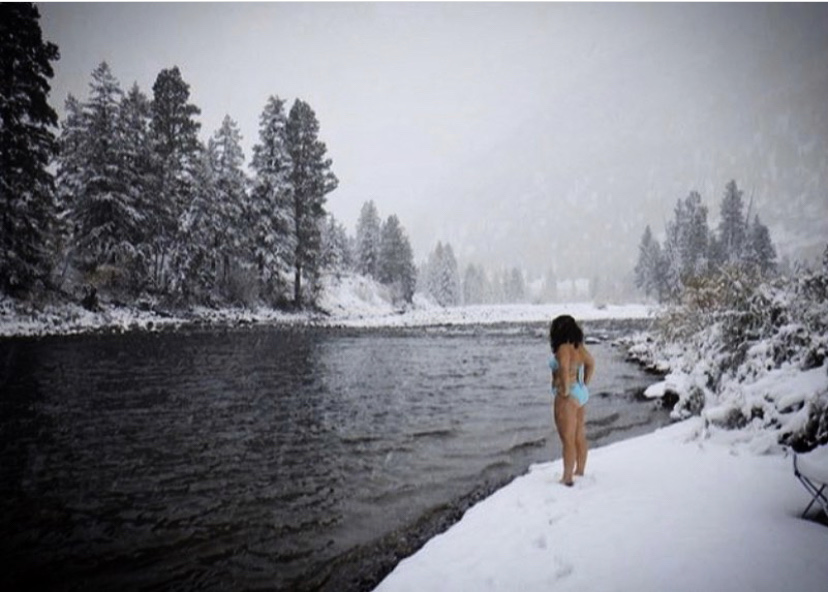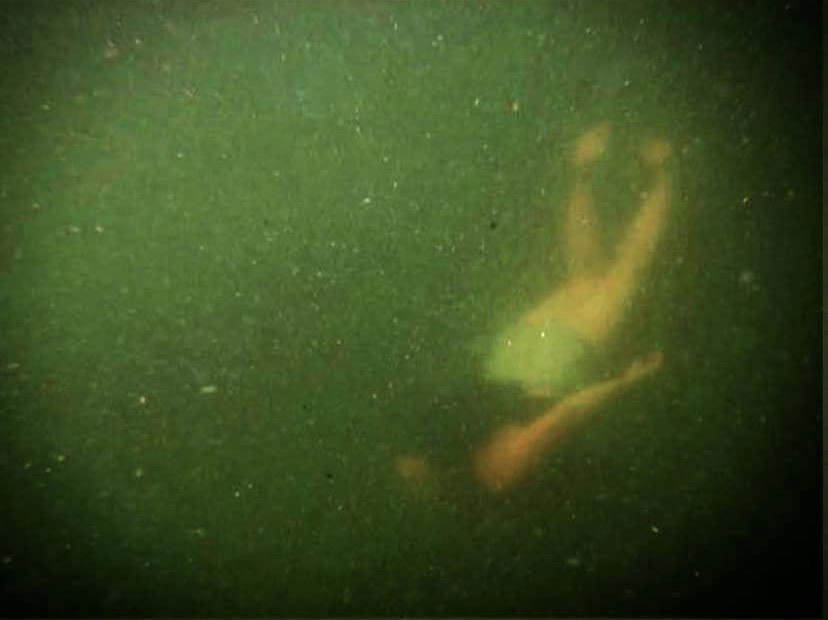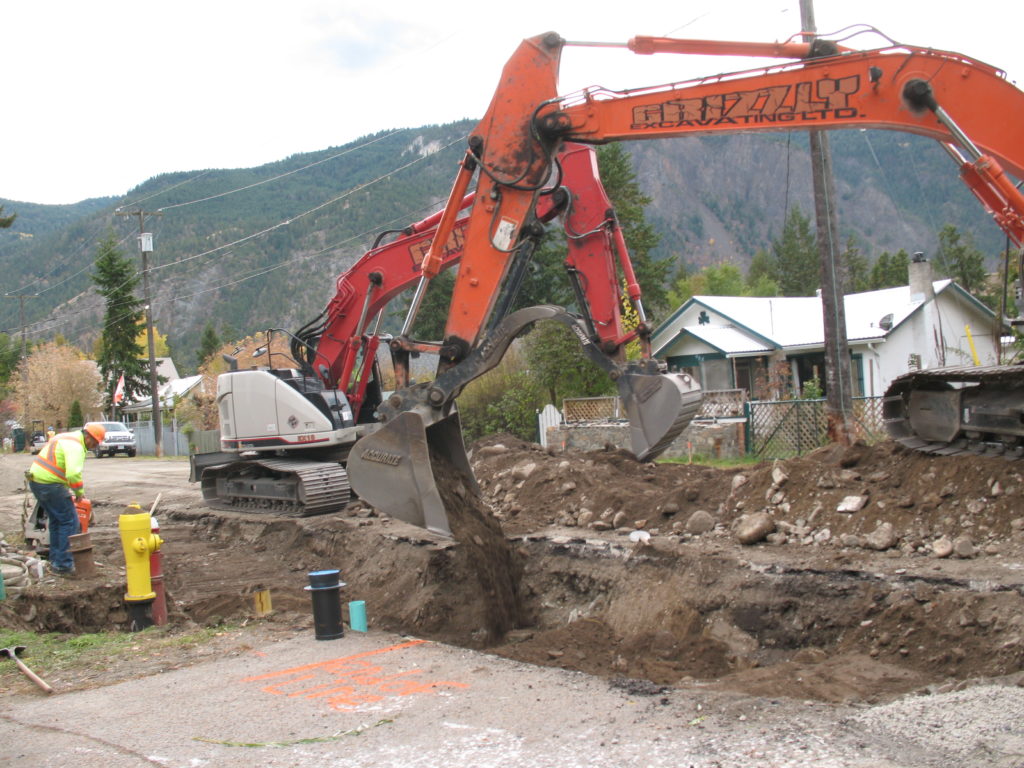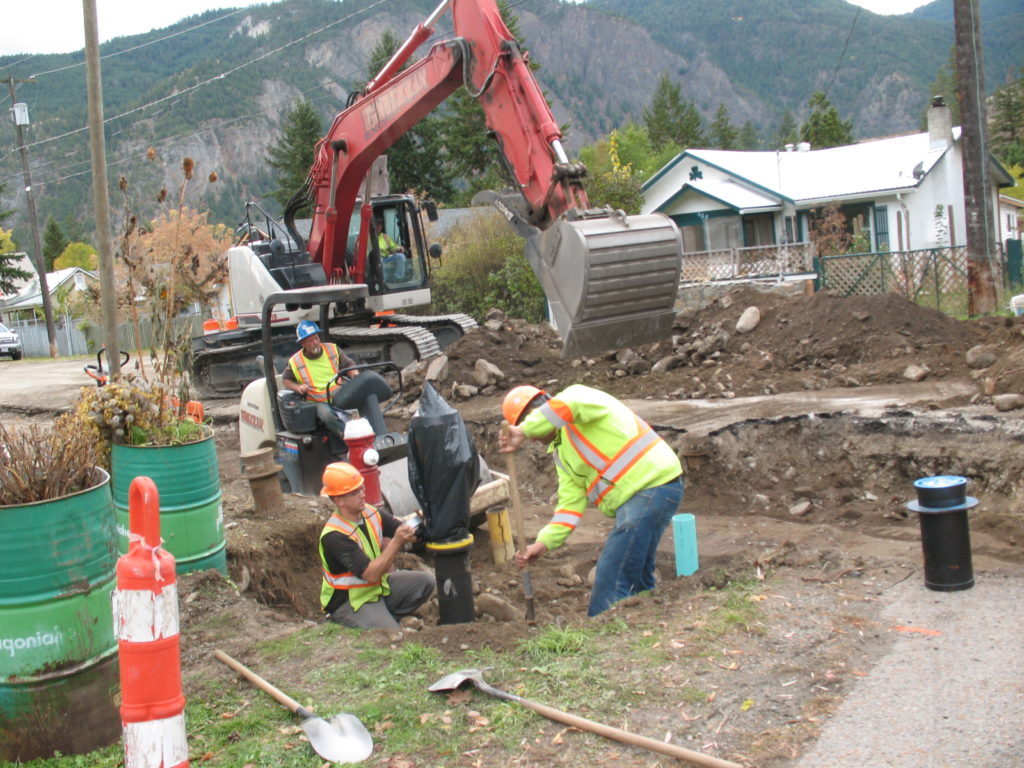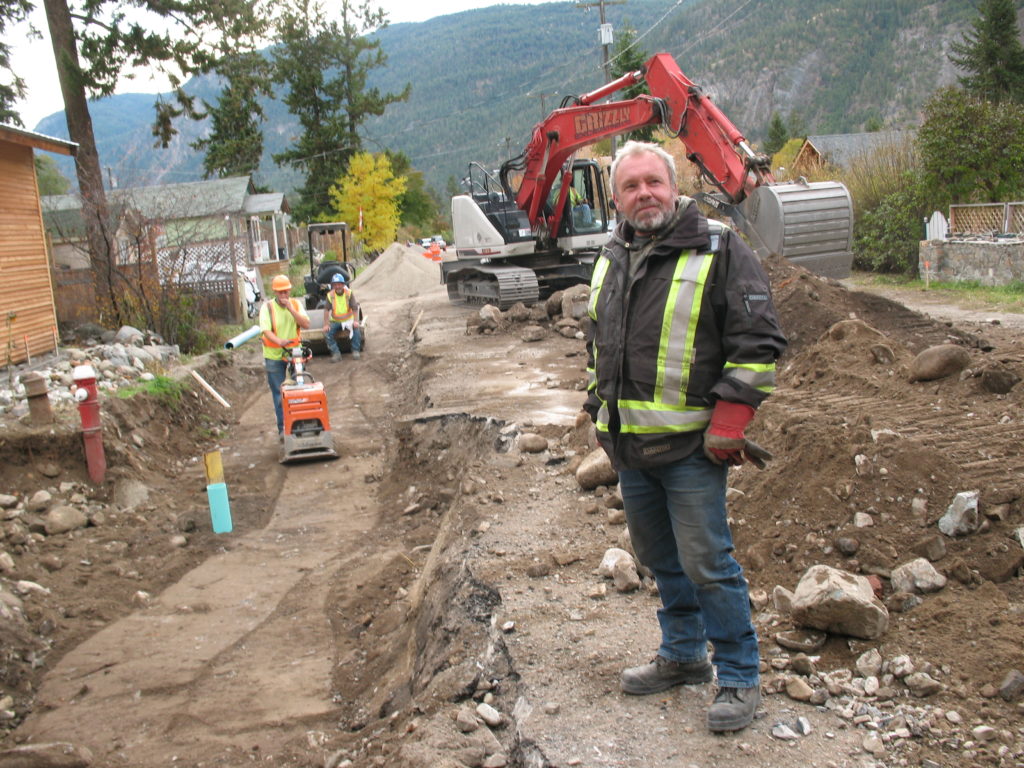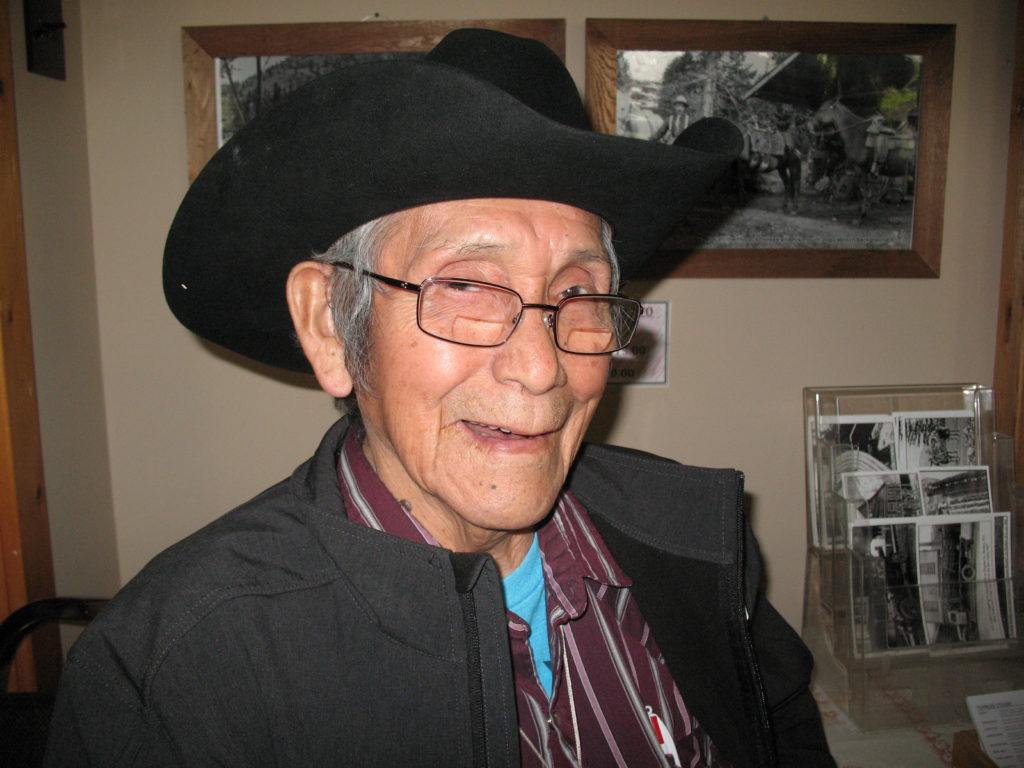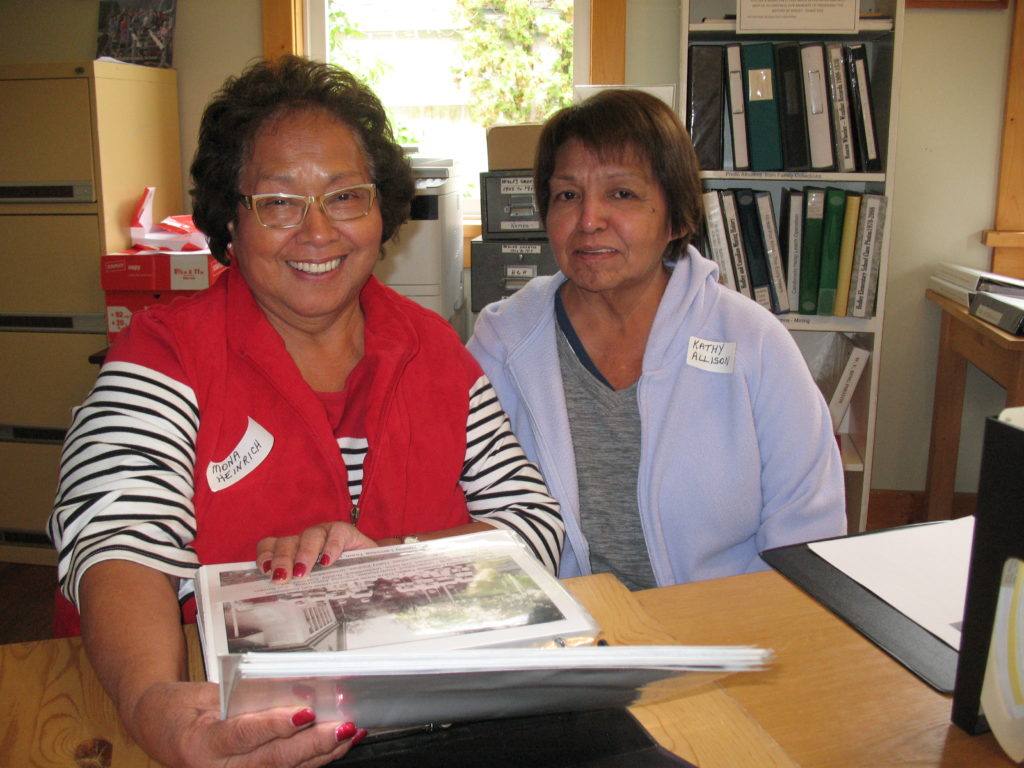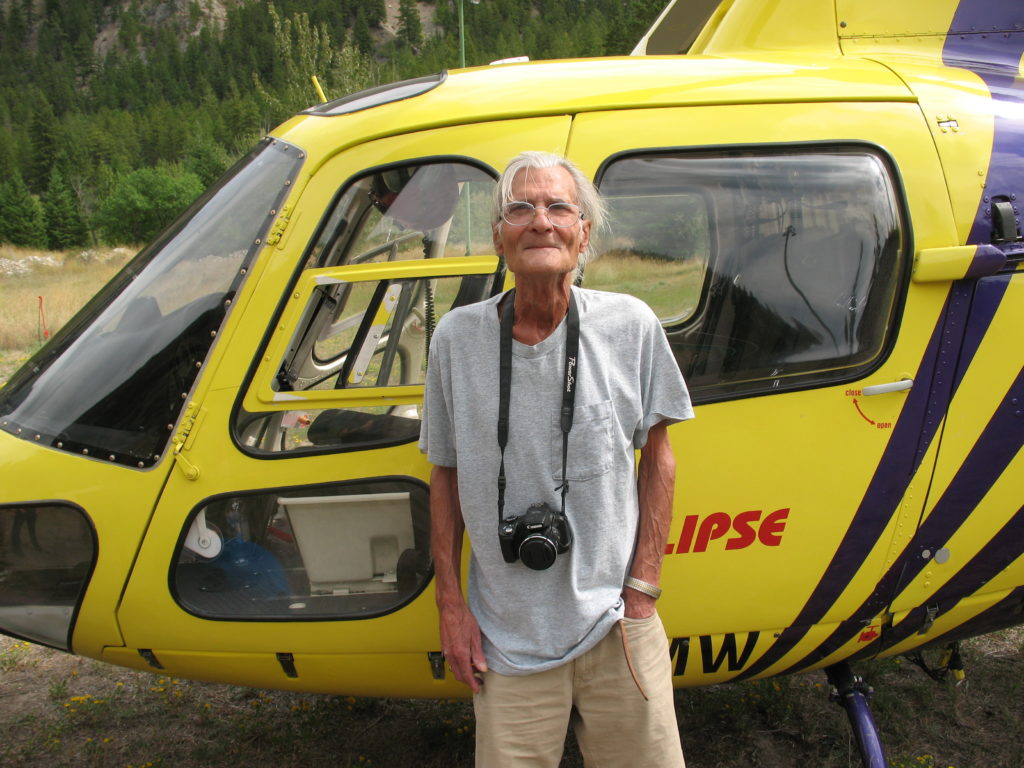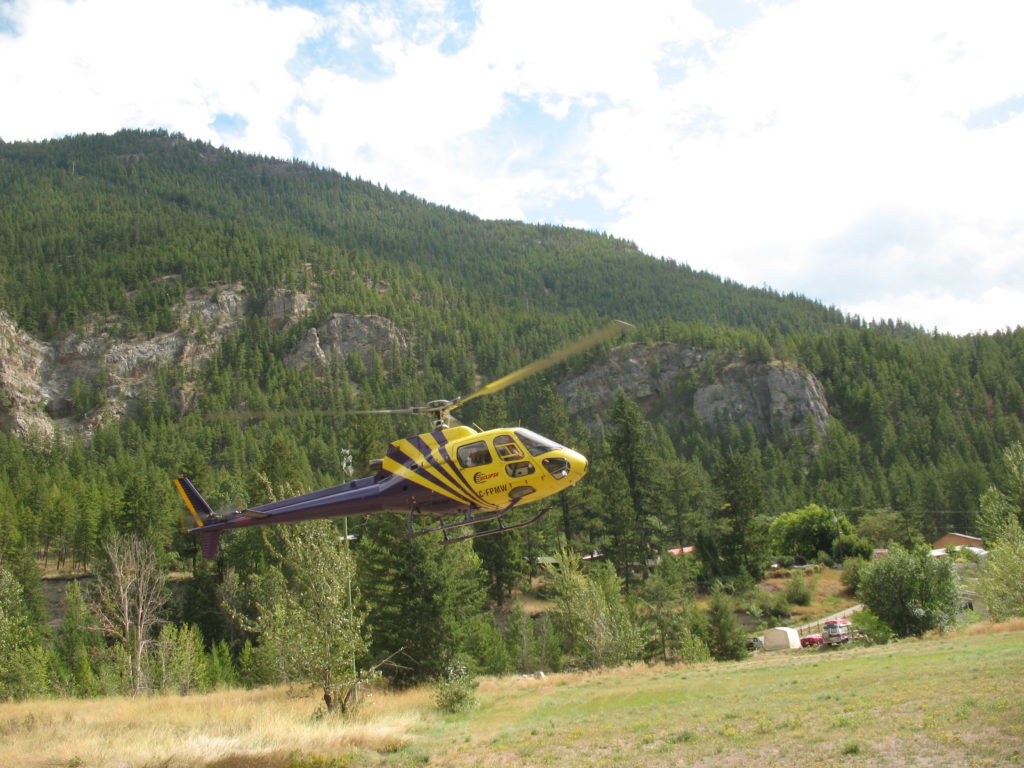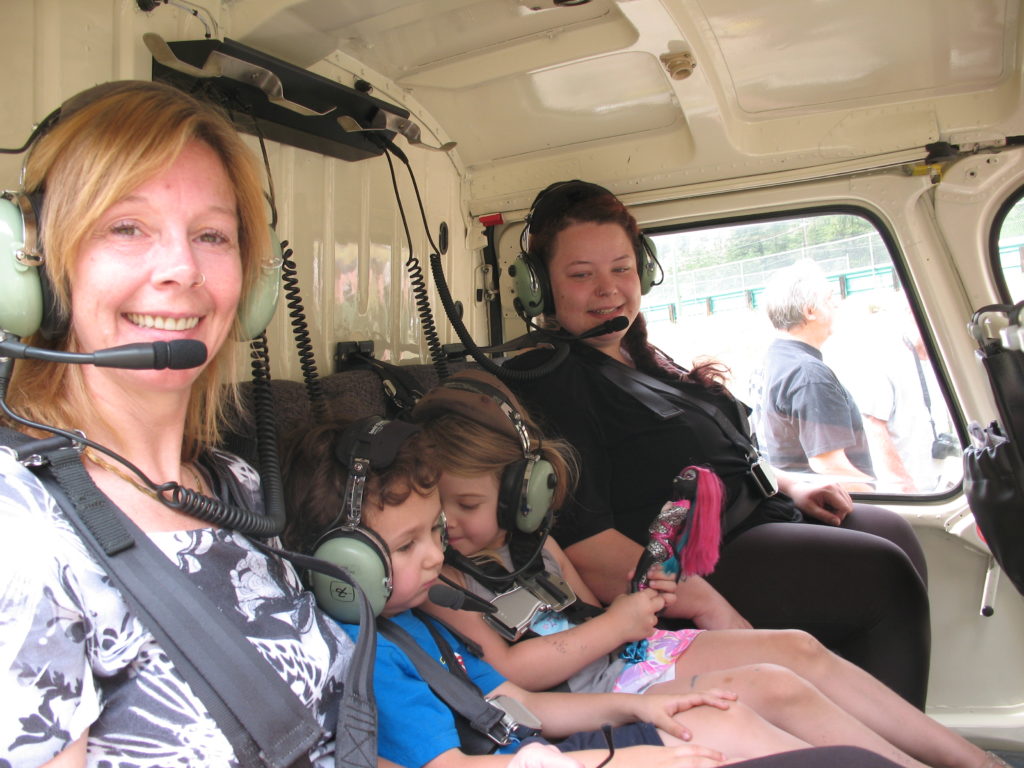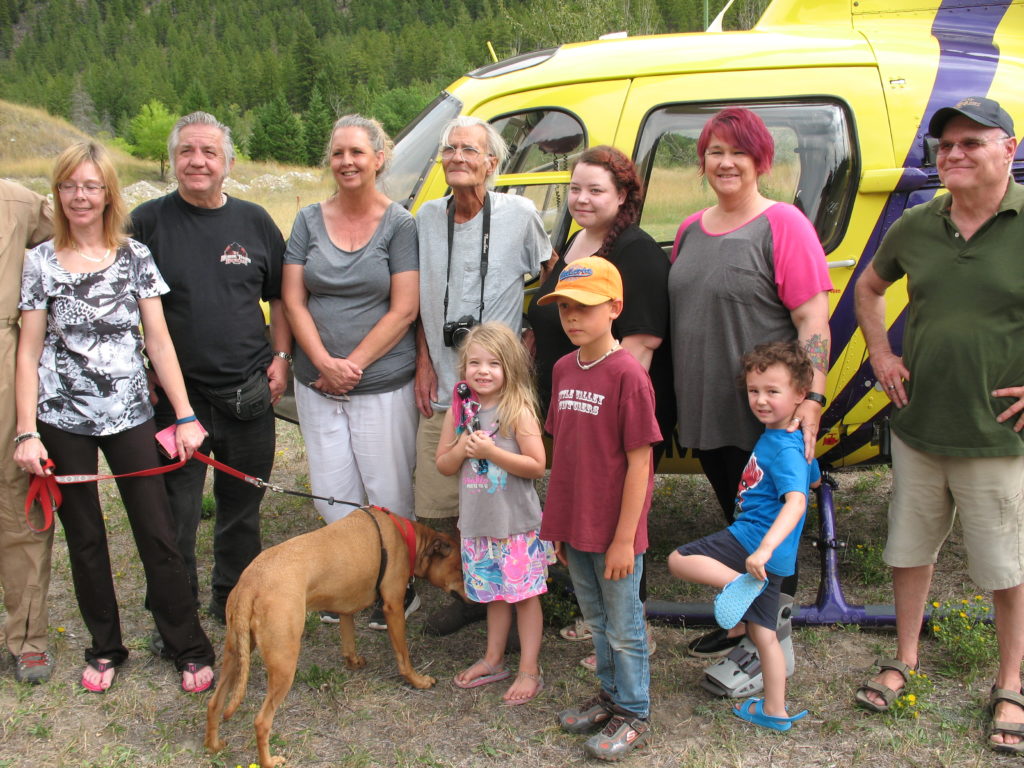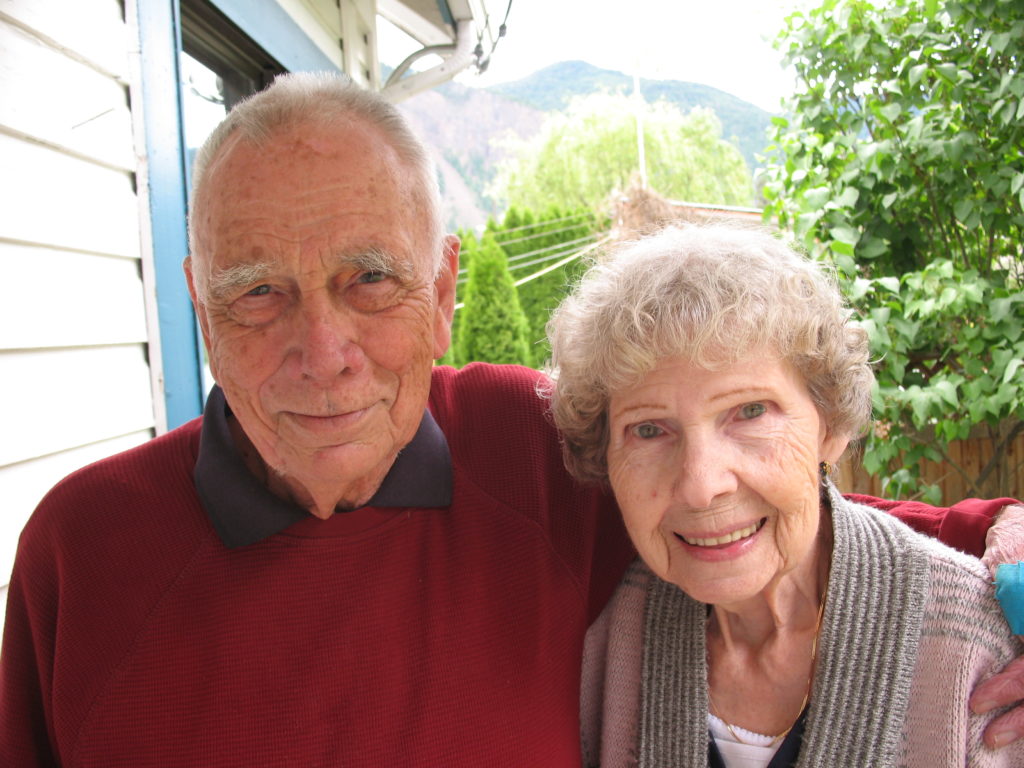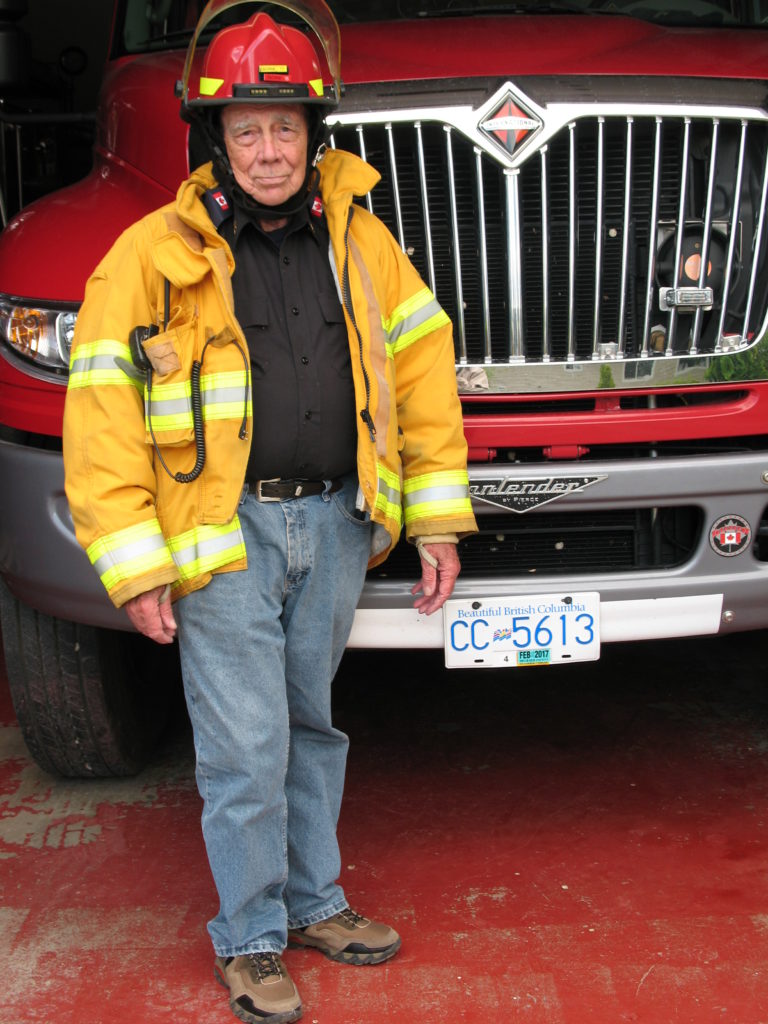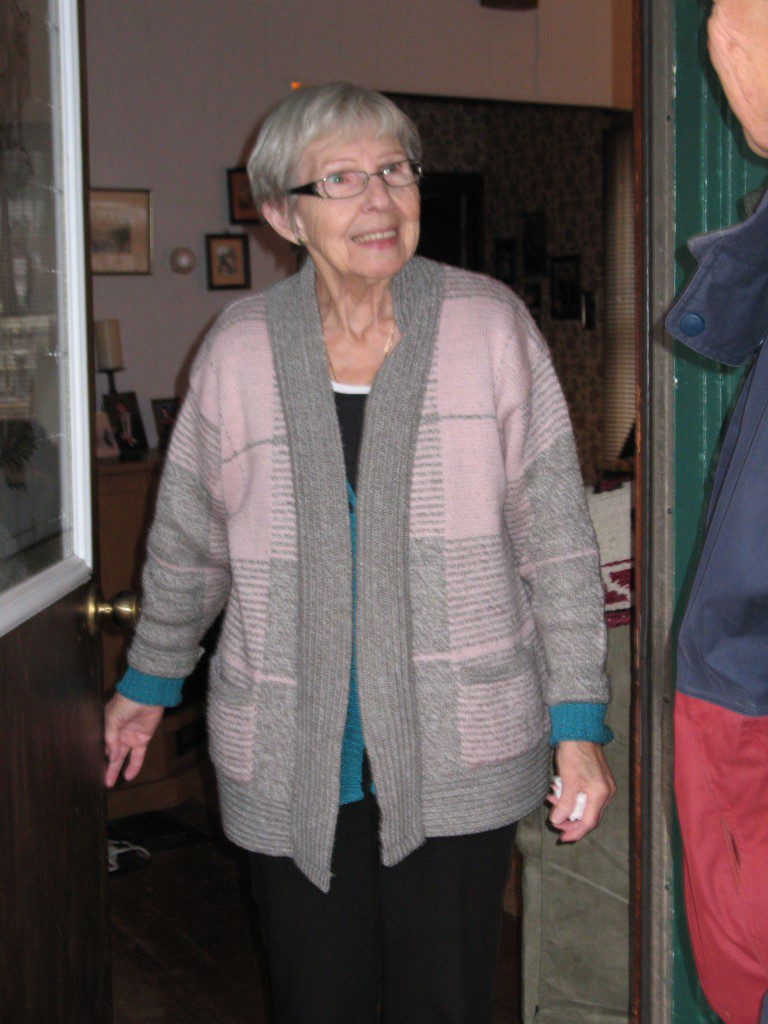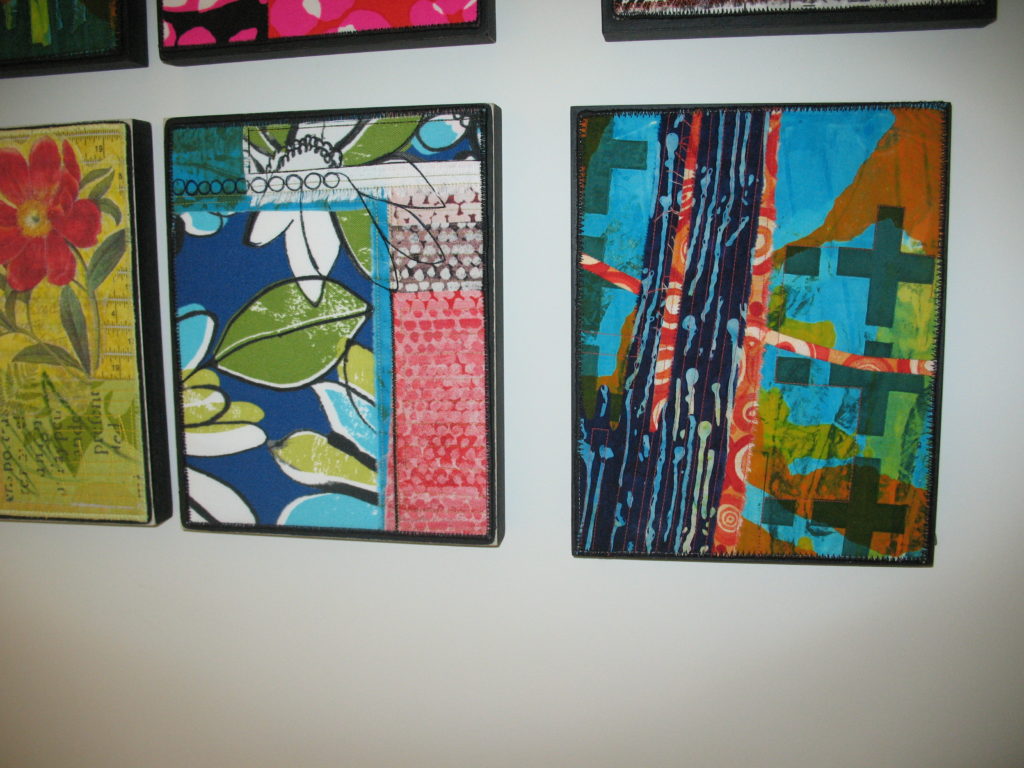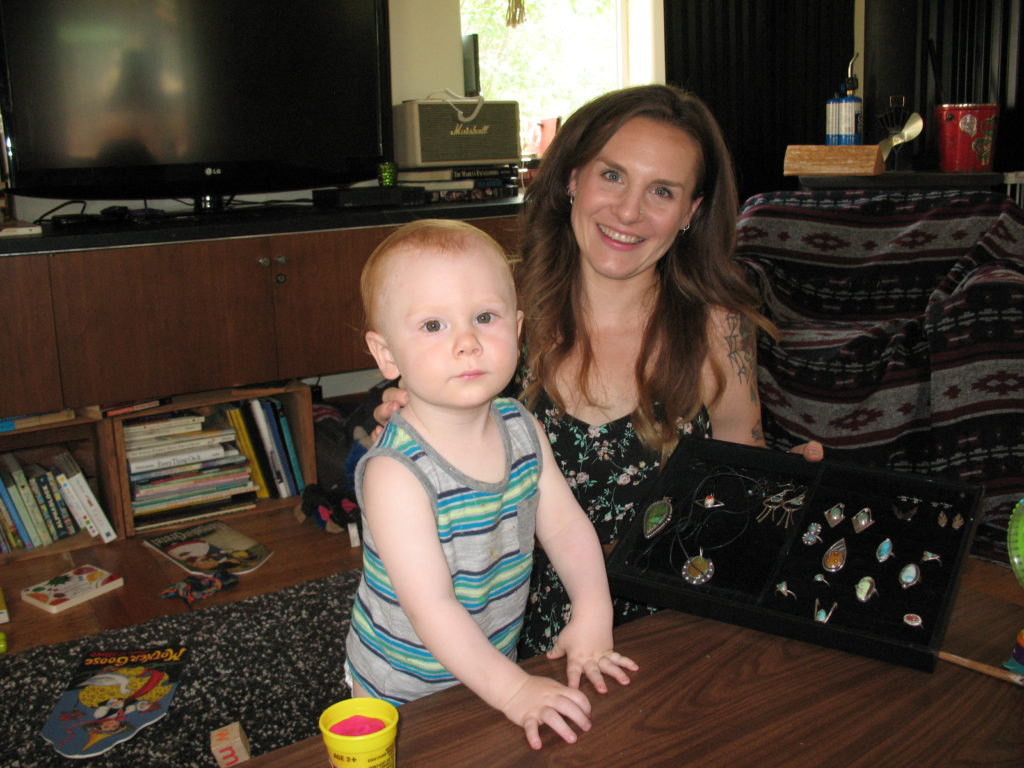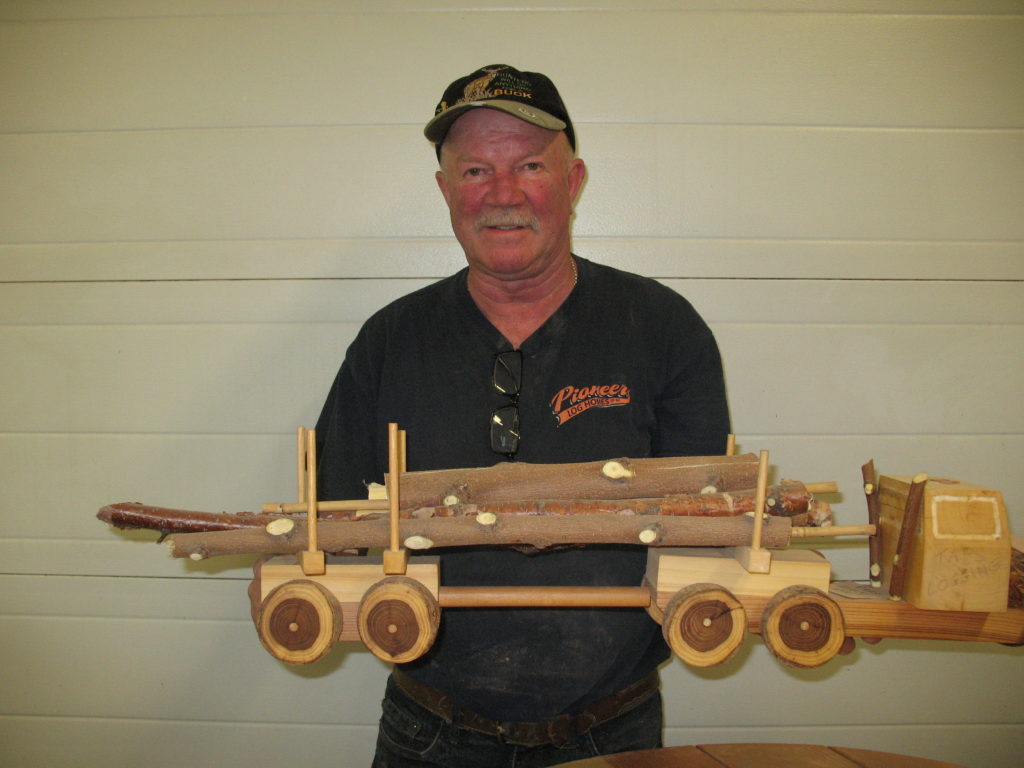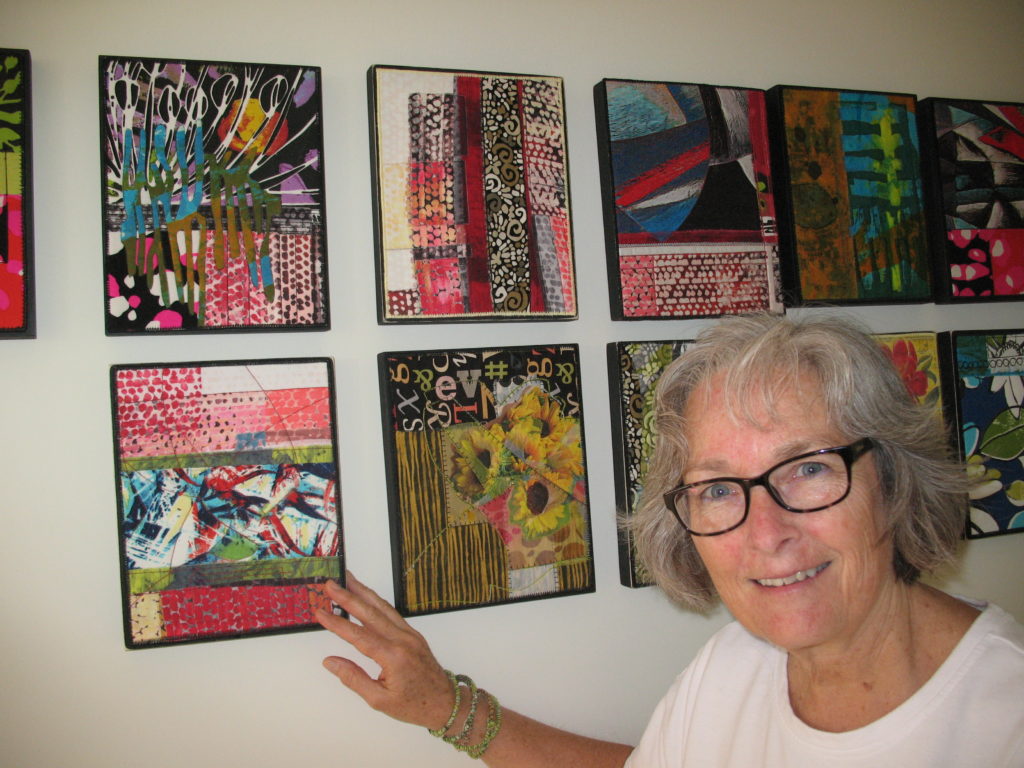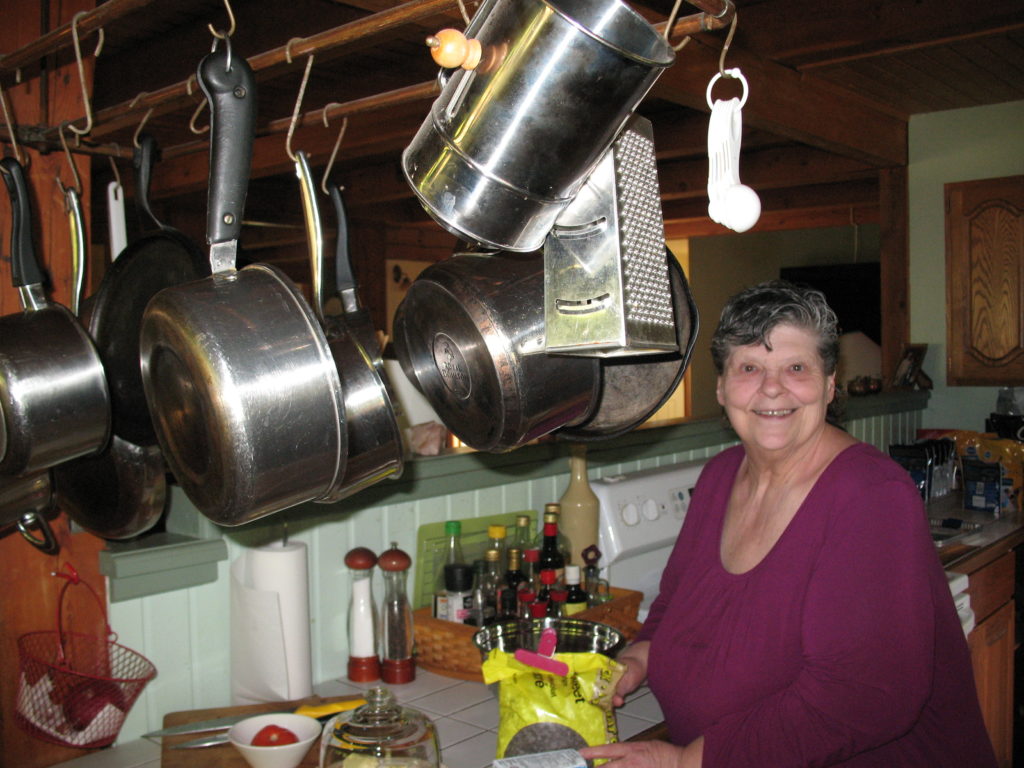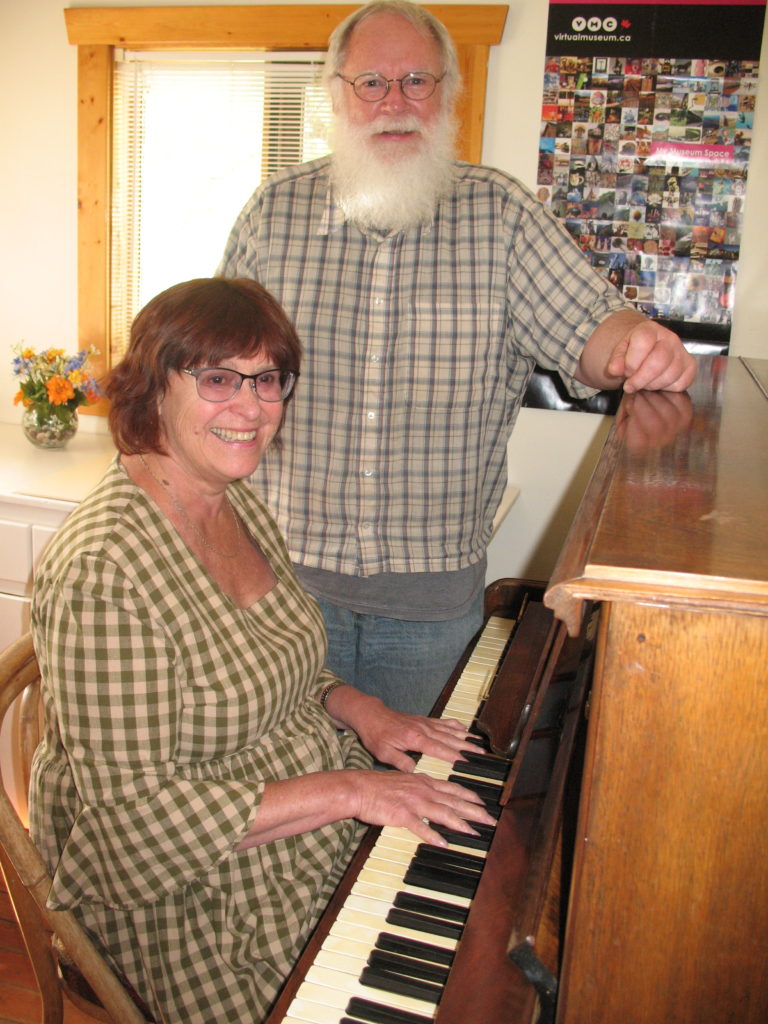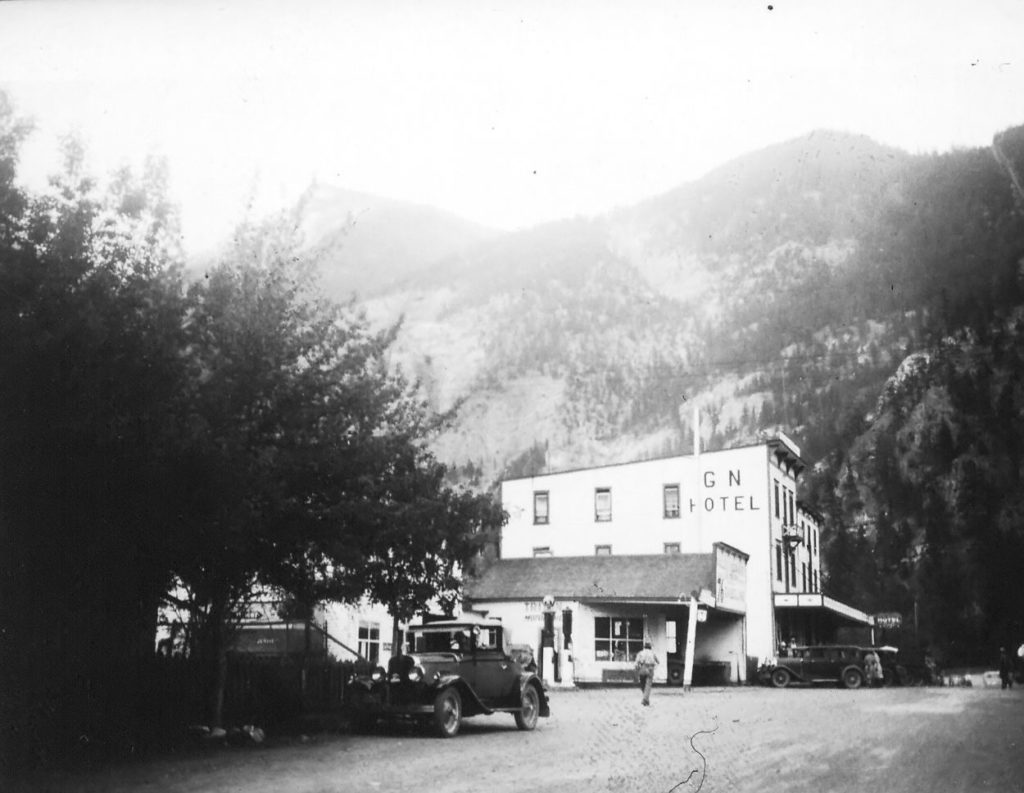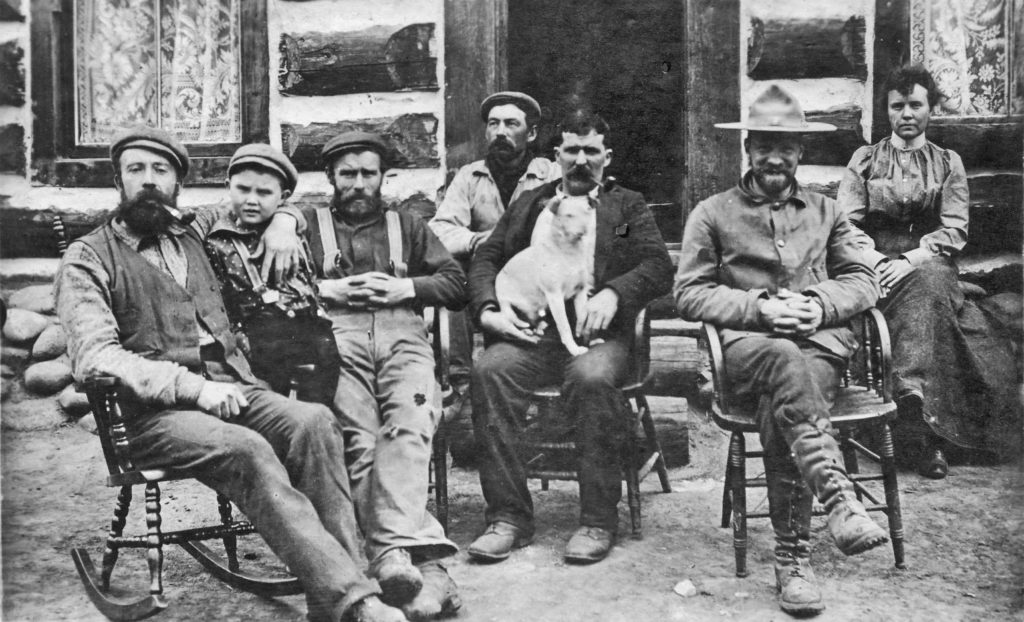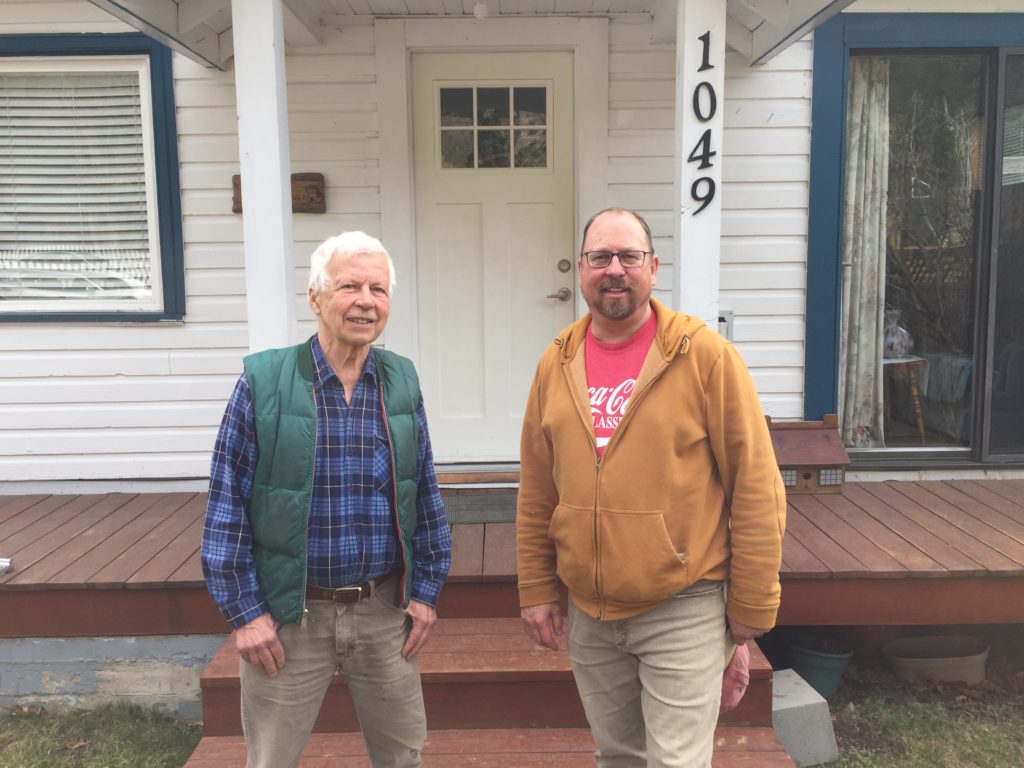
Most of us at some time are confronted with a difficult decision that will impact our entire life. In The Road Less Taken, poet Robert Frost says, “Two roads diverged in a wood, and I, I took the one less travelled by, and that has made all the difference.” I was reminded of these lines when Don Albers of Red Deer Alberta knocked on the door of our home in Hedley. I had not seen Don in about 35 years and his visit was a total surprise. “I’m on my way home to Red Deer,” he said. “I stopped here to tell you that working with young offenders at the One Way Adventure Foundation significantly shaped me and gave my life a sense of purpose.” I was interested in what he had to say and invited him in.
Sitting at a table in the sun room, Don said the decision to come here had not been quick or easy. “I grew up on our family’s farm in Alberta,” he recalled. “I acquired the skills needed in farming. I could operate a tractor and, when necessary, fix it. My plan was to be a farmer Then my parents lost the farm due to high interest rates.” Almost overnight he became a young man without a plan or a sense of direction.
He paused, then continued. “My friend Susan was here. For her working with difficult teens was a steep challenge. Her notes and phone calls mostly focused on how hard it was.” Surprisingly, Don was intrigued, not deterred. “Her words kindled a desire within me, an insistent longing to be part of something important. I was searching for a path that would give meaning to my life.”
The urging within was powerful but he didn’t know if this was something he would be able to do. “As a kid I was diagnosed with dyslexia,” he said. “Learning to read and write was a struggle. I had come to think of myself as a dummy. It eroded my confidence.”
Caught up in a confusing vortex of uncertainty and turmoil, he began to wonder if Hedley might provide an answer. It was with considerable trepidation that he enrolled in our training program for young workers. He quickly discovered this would be very much a “hands on” education. Inspite of an initial lack of confidence, he showed indications of considerable potential.
Before long he was given responsibility for five boys. They worked in the garage under the supervision of a mechanic. They participated in the horse program, worked in the kitchen and attended school. If they were assigned to help someone in Hedley move, Don first had a group meeting. “There would be opportunities to slip things into their pockets. I wanted them to learn about honesty.”
As workers we sought to show the youths a more positive response to life circumstances. They were prone to avoid frustration and difficulty. Often they became angry and dug in their heels rather than look for a solution to a problem. One day when Don and the boys were at our Upper Camp facility on Nickle Plate Mountain making firewood, a log struck him on the head. “The boys didn’t understand why I wasn’t angry. They gathered around me and asked why I didn’t swear. It gave me an opportunity to talk about my values and my approach to adverse circumstances.”
Another day while hiking on a mountain side, they needed to traverse a difficult section of the trail. “I have an issue with vertigo,” he said. “For me this was a dangerous situation. I noticed that Mike, one of the smaller boys, was very confident.” It became a teaching moment for Don. He could have aborted the hike. Instead he said, “Mike, I’m having trouble with vertigo. I need you to talk me through this.” Later Mike said to him, “I don’t think anyone ever needed me before.”
Don and his boys began gaining a reputation for reliability and getting things done. “The guys were developing a sense of self-worth,” he said. “They felt pride in being part of this group. For me the decision to come to Hedley set me on a path to work with people. It opened a lot of doors later, including 5 years at Youth With A Mission (YWAM), and 10 years as a pastor. Looking back now, I see it as the beginning of my adult life.”

